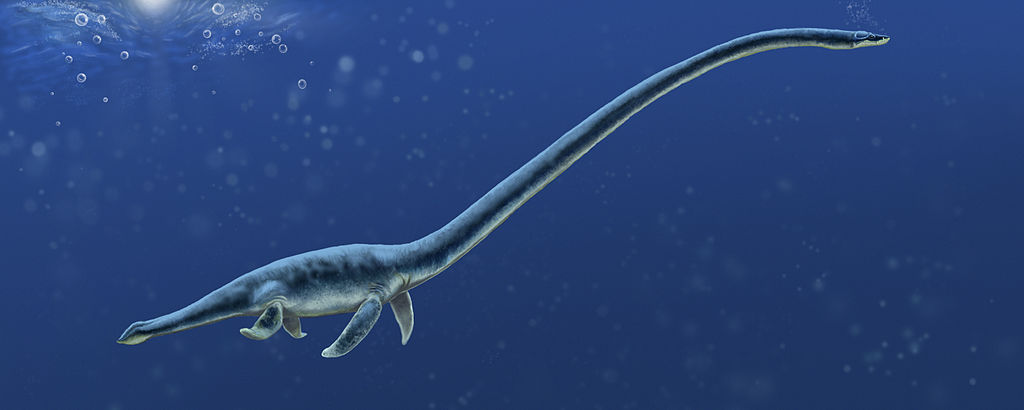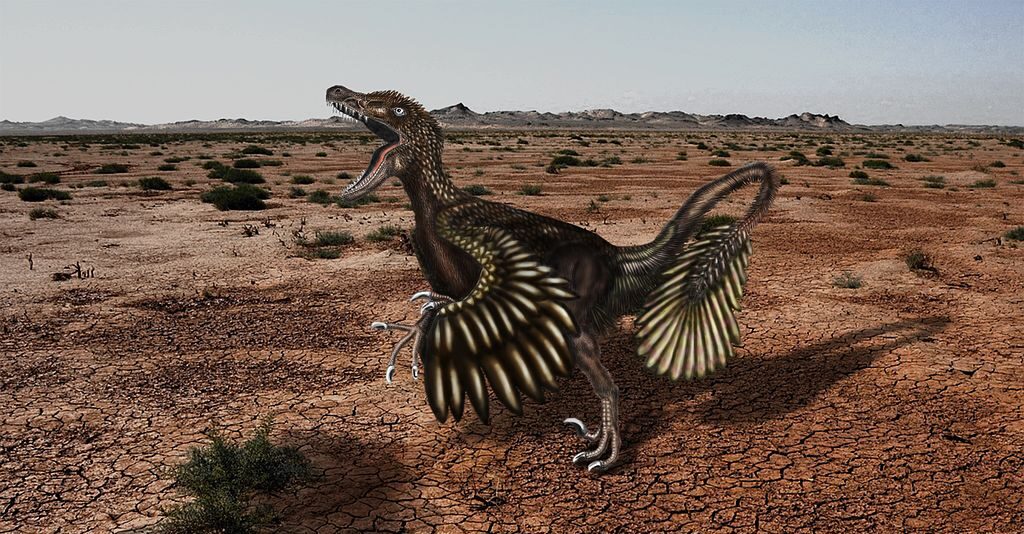The concept of resurrecting extinct dinosaurs has captivated human imagination since long before Michael Crichton penned “Jurassic Park” in 1990. The blockbuster franchise that followed only intensified public fascination with the possibility of seeing living, breathing dinosaurs in the modern world. But beyond Hollywood special effects and science fiction narratives lies a genuine scientific question: Could we actually use preserved DNA to bring dinosaurs back from extinction? This question sits at the intersection of paleontology, genetics, and bioethics, creating one of the most fascinating debates in modern science. As technology advances and our understanding of ancient DNA improves, it’s worth examining where science fact ends and science fiction begins.
The Jurassic Park Premise: How the Fiction Works

In the world of Jurassic Park, scientists extract dinosaur DNA from blood-consuming insects preserved in amber for millions of years. They then use frogs to fill in the missing genetic sequences and clone complete dinosaurs. This compelling narrative established a seemingly plausible framework that many viewers found believable. The fictional process involves using preserved amber as a time capsule, capturing mosquitoes that had recently fed on dinosaur blood, then extracting and analyzing this blood to obtain dinosaur DNA. To address the inevitable degradation and gaps in the genetic code, the fictional scientists supplement the dinosaur DNA with frog DNA, creating a complete genome that can be implanted into an egg to create a living dinosaur. While entertaining, this process simplifies the extraordinary complexity of genetic resurrection and overlooks several critical scientific obstacles.
The Reality of DNA Preservation

In reality, DNA is a remarkably fragile molecule that begins to break down immediately after an organism’s death. Studies on DNA degradation suggest that genetic material has a half-life of approximately 521 years under ideal preservation conditions. This means that after about 6.8 million years, even in perfect circumstances, every bond in a DNA molecule would be broken. Considering dinosaurs went extinct around 65 million years ago (excluding birds), the chances of finding intact dinosaur DNA are virtually nonexistent. The oldest DNA successfully recovered and sequenced comes from a 700,000-year-old horse fossil preserved in permafrost, representing just a fraction of the time that separates us from the last non-avian dinosaurs. Environmental factors like heat, water, and microorganisms accelerate DNA degradation, making the preservation of dinosaur genetic material over tens of millions of years a scientific impossibility under current understanding.
The Amber Preservation Myth
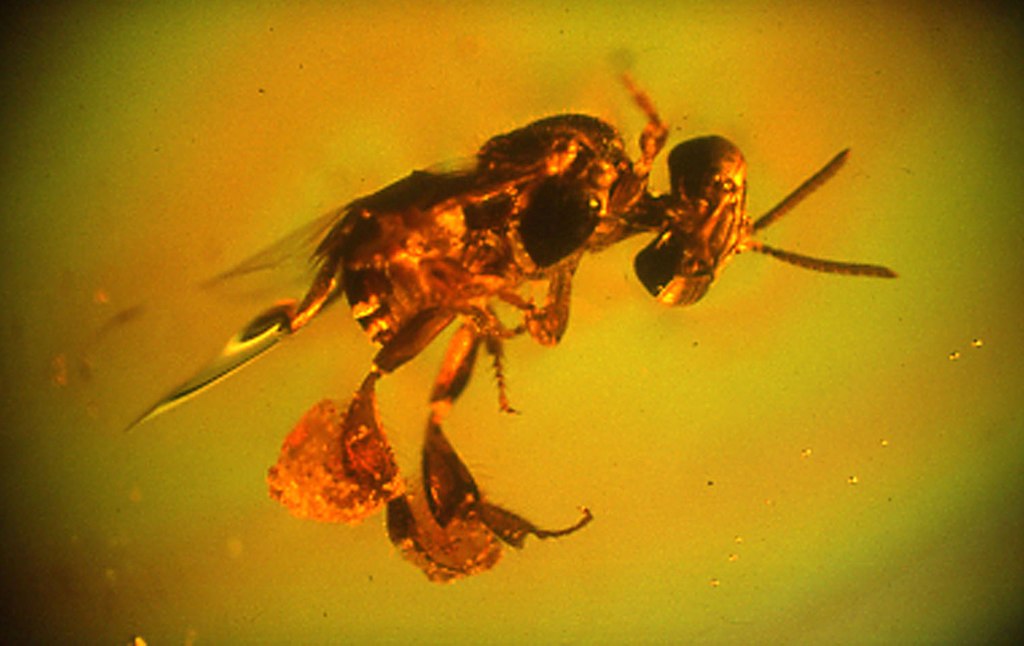
Amber preservation, while aesthetically appealing and central to the Jurassic Park narrative, doesn’t actually provide the DNA preservation capabilities often attributed to it. Recent studies examining insects trapped in amber have found that while physical structures may remain beautifully preserved, the DNA within these specimens degrades substantially over time. In 2013, researchers attempted to extract DNA from 60-million-year-old flies preserved in amber and were unable to recover any usable genetic material. The resin that creates amber contains compounds that can actually damage DNA over time rather than preserve it. Additionally, the formation process of amber involves heat and pressure, which further contributes to DNA degradation. While amber provides exceptional morphological preservation, allowing scientists to study ancient insect anatomy in remarkable detail, it doesn’t serve as the genetic time capsule portrayed in fiction.
Advances in Ancient DNA Research
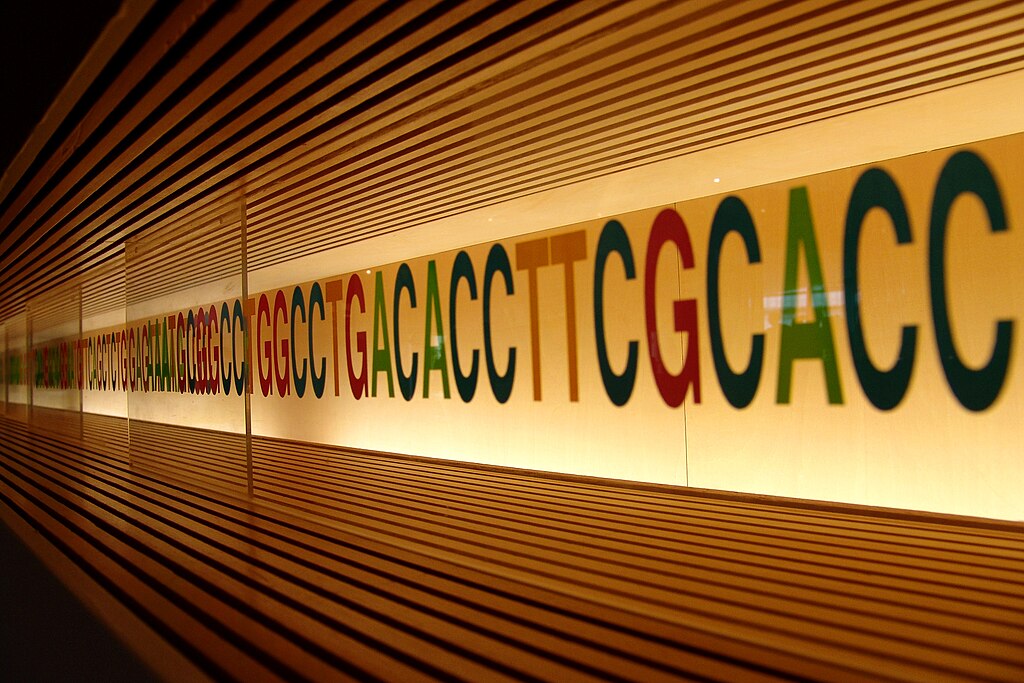
Despite the challenges, ancient DNA research has made remarkable strides in recent decades. Scientists have successfully extracted and sequenced DNA from Neanderthals, Denisovans, and various extinct animals like woolly mammoths and passenger pigeons. These achievements rely on specialized techniques designed to work with highly fragmented genetic material. Next-generation sequencing technologies allow researchers to piece together millions of tiny DNA fragments into more complete genomic pictures. Advanced contamination filtering methods help distinguish ancient DNA from modern contaminants, a critical step in ensuring authentic results. The field continues to push boundaries, with each new development extending our reach further back in time. These advances, while impressive, still operate within certain temporal and preservation constraints that make the recovery of dinosaur DNA unlikely with current or foreseeable technology.
The Closest Alternative: Birds as Modern Dinosaurs

Modern birds represent the closest living relatives to extinct dinosaurs, having evolved from small, feathered theropod dinosaurs approximately 150 million years ago. In a very real sense, birds are living dinosaurs – the only dinosaur lineage to survive the Cretaceous-Paleogene extinction event. This evolutionary relationship offers scientists a valuable alternative approach to understanding dinosaur biology. By studying bird genetics, development, and physiology, researchers can make inferences about their extinct relatives. The famous paleontologist Jack Horner has suggested that rather than resurrecting dinosaurs directly, we might be able to “reverse engineer” certain dinosaur-like characteristics in modern birds through selective breeding or genetic modification. Some scientists have already made progress in activating dormant genetic pathways in chickens to produce more dinosaur-like features, such as teeth and longer tails, suggesting that aspects of the dinosaur genome still exist within bird DNA.
The De-extinction Movement and Its Limitations

The field of de-extinction focuses on bringing back species that disappeared in the relatively recent past, often due to human activities. Projects like the effort to resurrect the passenger pigeon or the woolly mammoth rely on having access to well-preserved DNA samples and closely related living species. For example, mammoth de-extinction involves modifying elephant DNA with mammoth genes recovered from specimens preserved in permafrost. Unlike dinosaurs, these recently extinct creatures died out thousands, not millions, of years ago, making their DNA potentially recoverable. De-extinction efforts also benefit from having closely related living species that can serve as genetic references and potential surrogates. Even with these advantages, successful de-extinction remains technically challenging and has yet to produce a living specimen of any extinct species. These modern de-extinction efforts highlight just how much more complex—and currently impossible—dinosaur resurrection would be.
Technical Challenges Beyond DNA Recovery

Even if scientists could somehow obtain dinosaur DNA, numerous additional technical challenges would need to be overcome before resurrection became possible. Creating a viable embryo would require understanding dinosaur reproductive biology and development, areas where knowledge is extremely limited. Scientists would need to determine appropriate egg incubation conditions, including temperature, humidity, and gas exchange requirements specific to different dinosaur species. The immunological needs of a developing dinosaur embryo would present another major hurdle, as the ancient immune system might be incompatible with modern microorganisms. Finding a suitable surrogate mother would be extraordinarily difficult, as no living animal has a reproductive system adapted for dinosaur embryo development. Additionally, creating a single dinosaur would not be enough—establishing a viable population would require genetic diversity, meaning scientists would need DNA from multiple individuals of the same species.
Ecological Considerations for Resurrected Dinosaurs

The prospect of introducing dinosaurs into the modern world raises serious ecological concerns that extend beyond the technical feasibility of resurrection. Modern ecosystems have evolved for 65 million years without non-avian dinosaurs, creating environmental conditions drastically different from those in which dinosaurs evolved. The atmosphere contains different oxygen and carbon dioxide levels compared to the Mesozoic era, which could affect dinosaur respiration and health. Modern plants have evolved different defensive mechanisms and nutritional profiles, potentially making them unsuitable for herbivorous dinosaur diets. Predatory dinosaurs would lack their natural prey species, raising questions about how they would feed in contemporary ecosystems. Dinosaurs would also have no evolved immunity to modern pathogens, making them vulnerable to diseases that might quickly decimate any resurrected population. These ecological mismatches suggest that even if dinosaur resurrection were possible, creating suitable habitats would present enormous additional challenges.
Ethical Dimensions of Dinosaur De-extinction
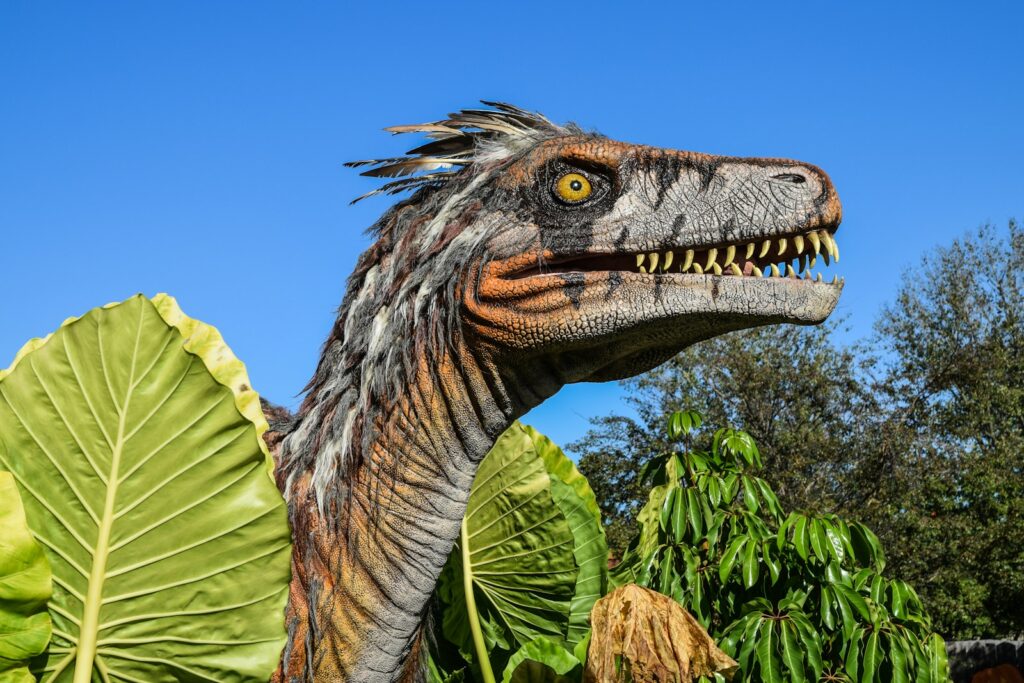
The ethics of dinosaur resurrection extend far beyond technical feasibility into questions of should rather than could. Creating dinosaurs would raise serious animal welfare concerns, as these animals would likely suffer from various health issues stemming from genetic imperfections, immune system challenges, and adaptation difficulties. The potential for dinosaurs to experience psychological distress in an alien world without appropriate social structures or environmental stimuli represents another significant ethical consideration. Questions of containment and public safety would inevitably arise, as would debates about the responsible stewardship of such powerful created beings. Some ethicists argue that research resources might be better directed toward conserving endangered species rather than resurrecting extinct ones. Others question whether humans have the right to bring back species that nature has selected for extinction, especially when their reintroduction could disrupt existing ecosystems that have evolved in their absence.
Alternative Approaches to Experiencing Dinosaurs

While actual dinosaur resurrection remains in the realm of science fiction, alternative approaches offer increasingly sophisticated ways to experience and understand these ancient creatures. Advanced computer modeling now creates highly accurate simulations of dinosaur appearance, movement, and behavior based on fossil evidence and comparative biology. Virtual and augmented reality technologies allow people to experience immersive dinosaur environments without the need for living specimens. Robotics research is producing increasingly lifelike mechanical dinosaurs that can replicate theorized movements and behaviors. Paleontological research continues to uncover new fossils and improve our understanding of dinosaur biology, providing ever more accurate representations through museum exhibits and scientific illustrations. These approaches allow us to satisfy our curiosity about dinosaurs while avoiding the practical and ethical challenges of actual resurrection.
Scientific Value of Theoretical Dinosaur Genetics

Despite the impossibility of recovering dinosaur DNA, theoretical work on dinosaur genetics offers valuable scientific insights. Comparative genomics between birds and other reptiles helps identify conserved genetic elements that likely existed in their dinosaur ancestors. This approach has already provided insights into the genetic basis of feather development, color production, and certain aspects of dinosaur physiology. Mathematical models of genetic decay help establish the theoretical limits of DNA recovery and inform work on more recent extinctions where DNA retrieval might be possible. The conceptual frameworks developed for thinking about ancient DNA contribute to broader understandings of evolution, speciation, and genetic change over time. Additionally, public interest in dinosaur DNA, fueled by popular culture, creates educational opportunities to explain actual genetic science and the true nature of the fossil record to wider audiences.
The Future of Paleogenomics

While direct dinosaur DNA recovery remains implausible, the emerging field of paleogenomics continues to push boundaries in understanding ancient life. New techniques for recovering and analyzing proteins, which can survive longer than DNA, offer alternative approaches to studying extinct organisms’ biochemistry. Advances in bioinformatics and comparative genomics are enhancing our ability to reconstruct ancestral genetic sequences from living descendants, potentially allowing scientists to infer aspects of dinosaur genetics from bird genomes. Environmental DNA techniques can now detect genetic material left in soil and sediments, potentially opening new avenues for studying ancient ecosystems. As analytical capabilities improve, scientists may be able to extract more information from fossils through non-destructive imaging technologies and chemical analysis. While these approaches will likely never lead to dinosaur resurrection, they promise to continually enhance our understanding of these fascinating creatures and their evolutionary legacy.
The Enduring Legacy of the Jurassic Park Vision
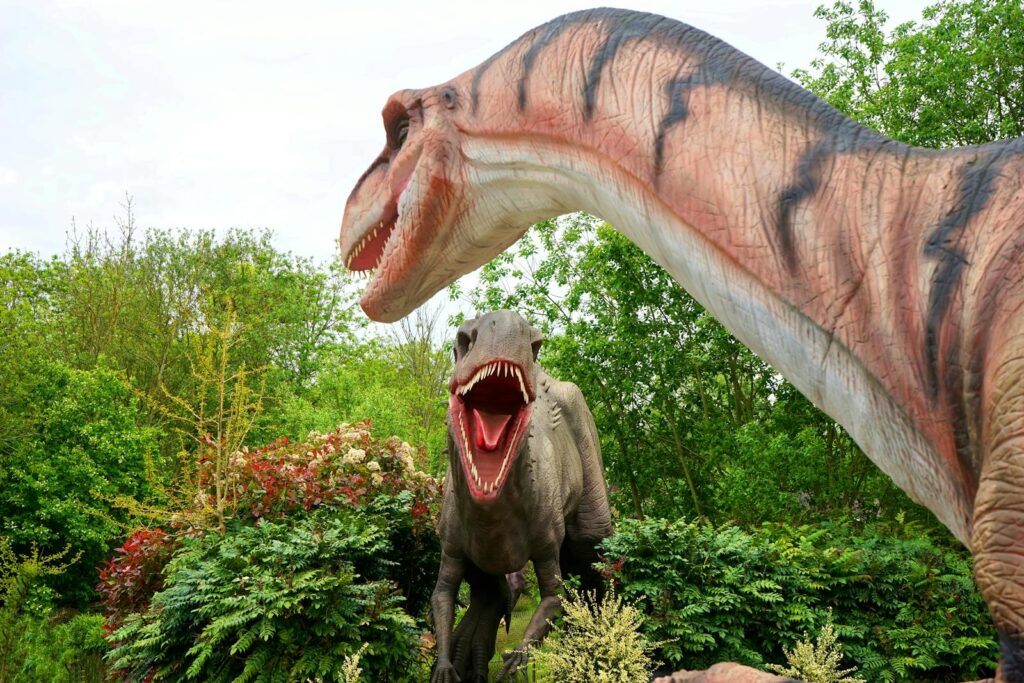
The cultural impact of Jurassic Park extends far beyond entertainment, having significantly influenced both public perceptions and scientific pursuits related to dinosaurs and ancient DNA. The franchise sparked widespread interest in paleontology, leading to increased funding and public engagement with dinosaur research. Many current paleontologists and geneticists cite the film as an early inspiration for their career choices. The scientific inaccuracies in the Jurassic Park narrative have provided valuable teaching opportunities, allowing educators to contrast fiction with scientific reality. The ethical questions raised by the story continue to inform discussions about de-extinction, biotechnology, and humanity’s relationship with nature. While scientists generally agree that resurrecting dinosaurs as depicted in the films remains impossible, the vision continues to inspire creative thinking about the boundaries between past and present life forms. This enduring fascination demonstrates how powerful narratives can shape scientific discourse and technological aspirations for generations.
Conclusion

While the Jurassic Park vision of bringing dinosaurs back to life through preserved DNA captures our imagination, current scientific understanding indicates this remains firmly in the realm of science fiction. The extreme age of dinosaur remains, the fragility of DNA over geological timescales, and the numerous technical challenges beyond genetic sequencing present insurmountable obstacles with current or foreseeable technology. However, this doesn’t diminish the scientific value of researching ancient life. Through studying birds as living dinosaurs, advancing paleontological techniques, and developing theoretical approaches to understanding extinct species, science continues to bring us closer to understanding dinosaurs than ever before. Perhaps the most profound lesson from the dinosaur resurrection debate is that sometimes scientific limitations can be as informative as scientific possibilities, defining the boundaries within which we explore our fascination with life’s ancient past.

